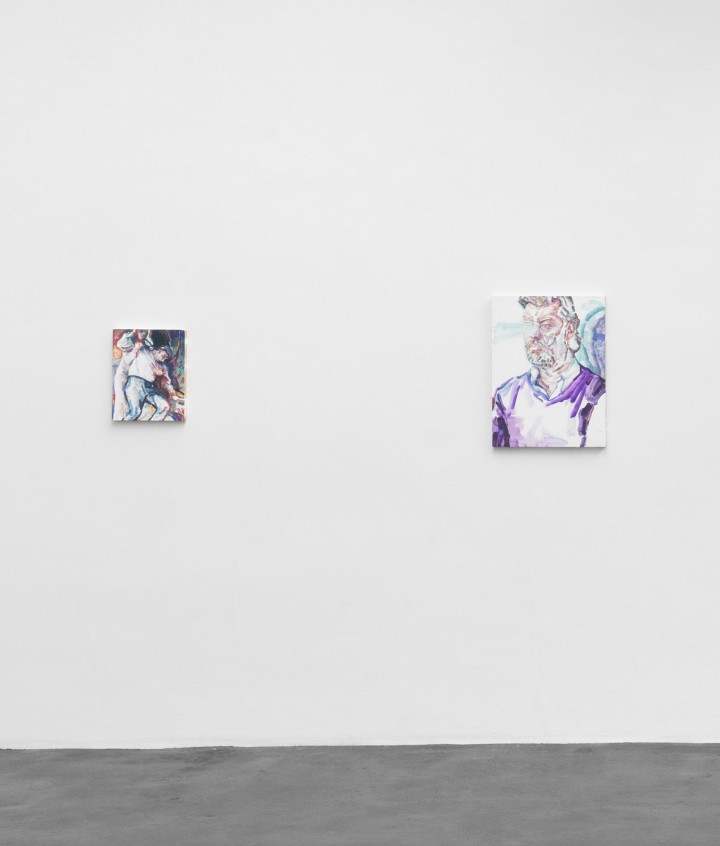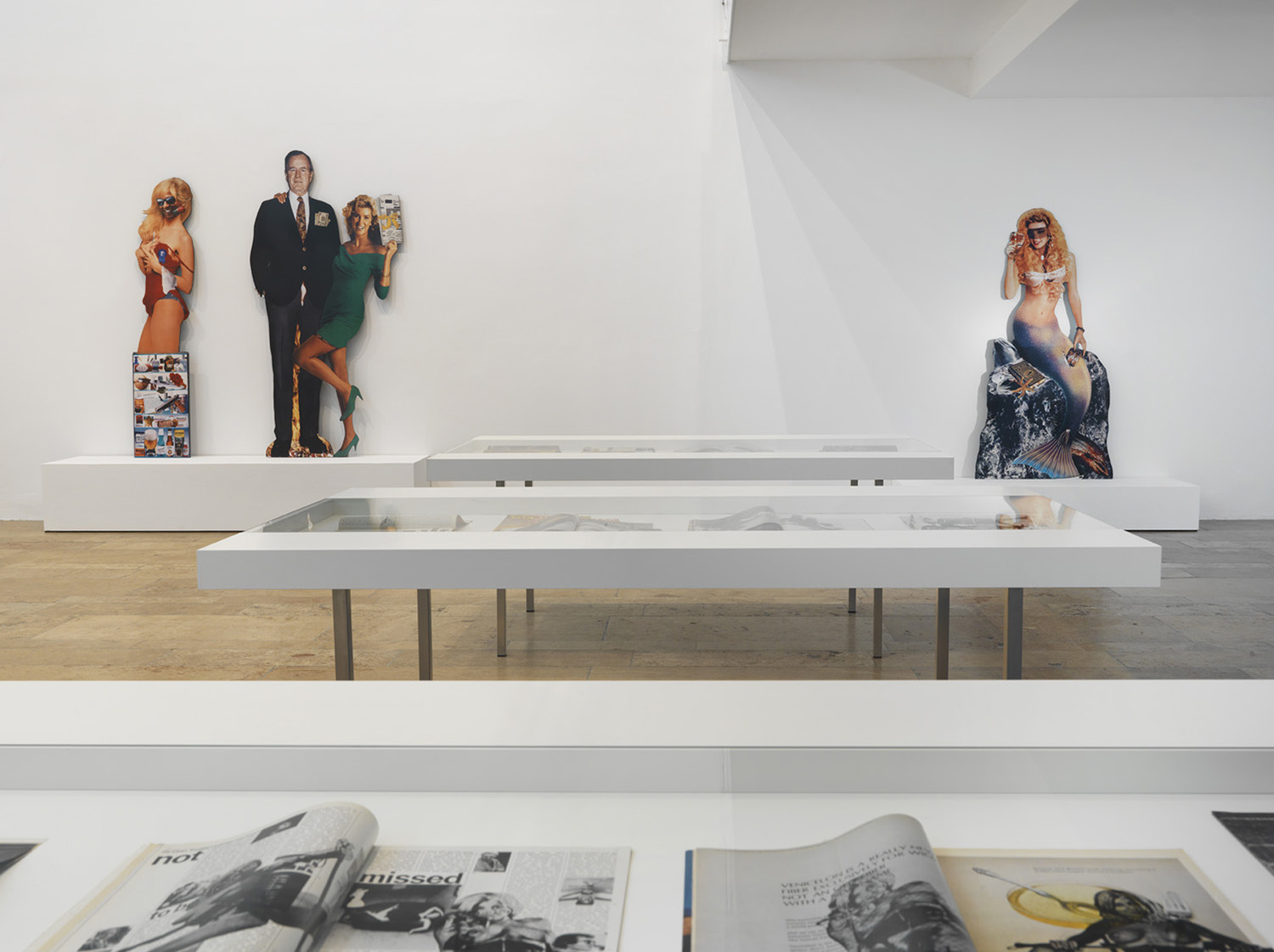Elizabeth Peyton’s subject has always been the image of glamour proffered by the digital culture of human specificity reduced to a bloodless generalization, but her paintings never let you forget they are transforming such chimeras into the specific objecthood of painting. It is arguable that this trope is mercenary: a virtual flash-in-the-pan crystallized into an art object nicely furnished with the old crafts. As her prices have risen, Peyton’s subject has become more exclusive; not Andy Warhol’s image of what “America-at-large” wants, but a glimpse of the in-ness of the in-crowd: a privileged cultural elite of artists and gallerists. Peyton has something of F. Scott Fitzgerald’s ambivalence about wealth, a wish to both expose and adulate her quarry, to satirize as she socially climbs.
The coup of her early work was to convert a clumsy, art-schoolish, pre-Raphaelite glaze technique into an image of pop-cultural seduction. The transient nature of the subject dictated that the paintings should be mere glimpses, their only context the discontinuous ether of images out of which they were culled. Her instinct is still to isolate the point at which image becomes desire, but her exhibition at Neugerriemschneider showed her attempting to extend narratives across a relativistic spectrum of idioms. This was a mazy, self-reflexive presentation. Paintings of images were juxtaposed with paintings of paintings. A teapot in the still life Berlin, Hyacinth and Black Teapot (2014) sits on a photograph of a Van Dyck painting that was the subject of a neighboring work. Prints produced with early 20th-century offset techniques imply the causality of her photographic source. Images keep tailing off into purposeless strokes. But the sheer, white grounds into which her brushstrokes bleed still represents the dazzling light emitted by what we desire but cannot inspect more fully because its spell would be broken. Peyton gives us just as much objectification as we’re willing to accept from what we covet. This is the essential conformity of her art.



